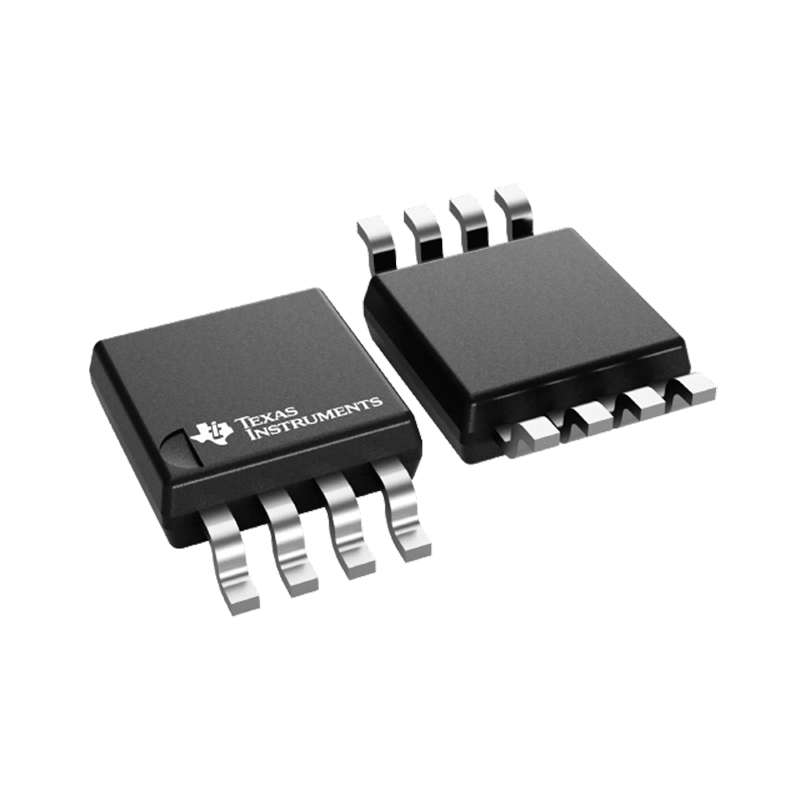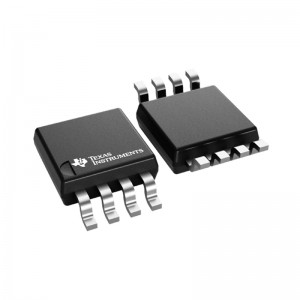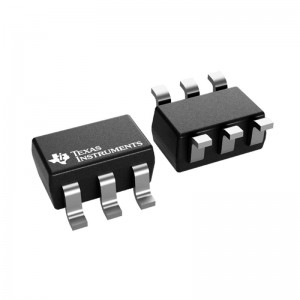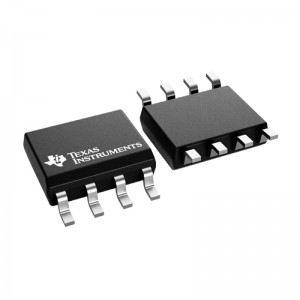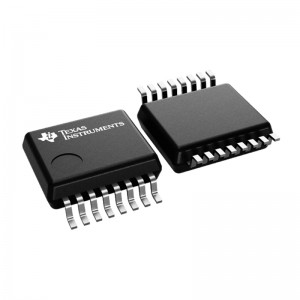
Products
SN75LBC176DR SOP-8 Electronic components integrated circuit transceiver 4.75V-5.25V
Features for the SN75LBC176
●Bidirectional Transceiver
●Meets or Exceeds the Requirements of ANSI Standard TIA/EIA.485.A and ISO 8482:1987(E)
●High-Speed Low-Power LinBiCMOS™ Circuitry
●Designed for High-Speed Operation in Both Serial and Parallel Applications
●Low Skew
●Designed for Multipoint Transmission on Long Bus Lines in Noisy Environments
●Very Low Disabled Supply Current . . . 200 µA Maximum
●Wide Positive and Negative Input/Output Bus Voltage Ranges
●Thermal-Shutdown Protection
●Driver Positive-and Negative-Current Limiting
●Open-Circuit Failsafe Receiver Design
●Receiver Input Sensitivity . . . ±200 mV Max
●Receiver Input Hysteresis . . . 50 mV Typ
●Operates From a Single 5-V Supply
●Glitch-Free Power-Up and Power-Down Protection
Available in Q-Temp Automotive HighRel Automotive ApplicationsConfiguration Control / Print Support Qualification to Automotive Standards
LinBiCMOS and LinASIC are trademarks of Texas Instruments Incorporated.
Description for the SN75LBC176
The SN55LBC176, SN65LBC176, SN65LBC176Q, and SN75LBC176 differential bus transceivers are monolithic, integrated circuits designed for bidirectional data communication on multipoint bus-transmission lines. They are designed for balanced transmission lines and meet ANSI Standard TIA/EIA-485-A (RS-485) and ISO 8482:1987(E).
The SN55LBC176, SN65LBC176, SN65LBC176Q, and SN75LBC176 combine a 3-state, differential line driver and a differential input line receiver, both of which operate from a single 5-V power supply. The driver and receiver have active-high and active-low enables, respectively, which can externally connect together to function as a direction control. The driver differential outputs and the receiver differential inputs connect internally to form a differential input/output (I/O) bus port that is designed to offer minimum loading to the bus whenever the driver is disabled or VCC = 0. This port features wide positive and negative common-mode voltage ranges, making the device suitable for party-line applications. Very low device supply current can be achieved by disabling the driver and the receiver.
These transceivers are suitable for ANSI Standard TIA/EIA-485 (RS-485) and ISO 8482 applications to the extent that they are specified in the operating conditions and characteristics section of this data sheet. Certain limits contained in TIA/EIA-485-A and ISO 8482:1987 (E) are not met or cannot be tested over the entire military temperature range.
The SN55LBC176 is characterized for operation from –55°C to 125°C. The SN65LBC176 is characterized for operation from –40°C to 85°C, and the SN65LBC176Q is characterized for operation from –40°C to 125°C. The SN75LBC176 is characterized for operation from 0°C to 70°C.
1. Who are the staff in your R & D department? What are your qualifications?
-R & D Director: formulate the company’s long-term R & D plan and grasp the direction of research and development; Guide and supervise r&d department to implement company r&d strategy and annual R&D plan; Control the progress of product development and adjust the plan; Set up excellent product research and development team, audit and training related technical personnel.
R & D Manager: make new product R & D plan and demonstrate the feasibility of the plan; Supervise and manage the progress and quality of r&d work; Research new product development and propose effective solutions according to customer requirements in different fields
R&d staff: collect and sort out key data; Computer programming; Conducting experiments, tests and analyses; Prepare materials and equipment for experiments, tests and analyses; Record measurement data, make calculations and prepare charts; Conduct statistical surveys
2. What is your product research and development idea?
- Product conception and selection product concept and evaluation product definition and project plan design and development product testing and validation launch to market

